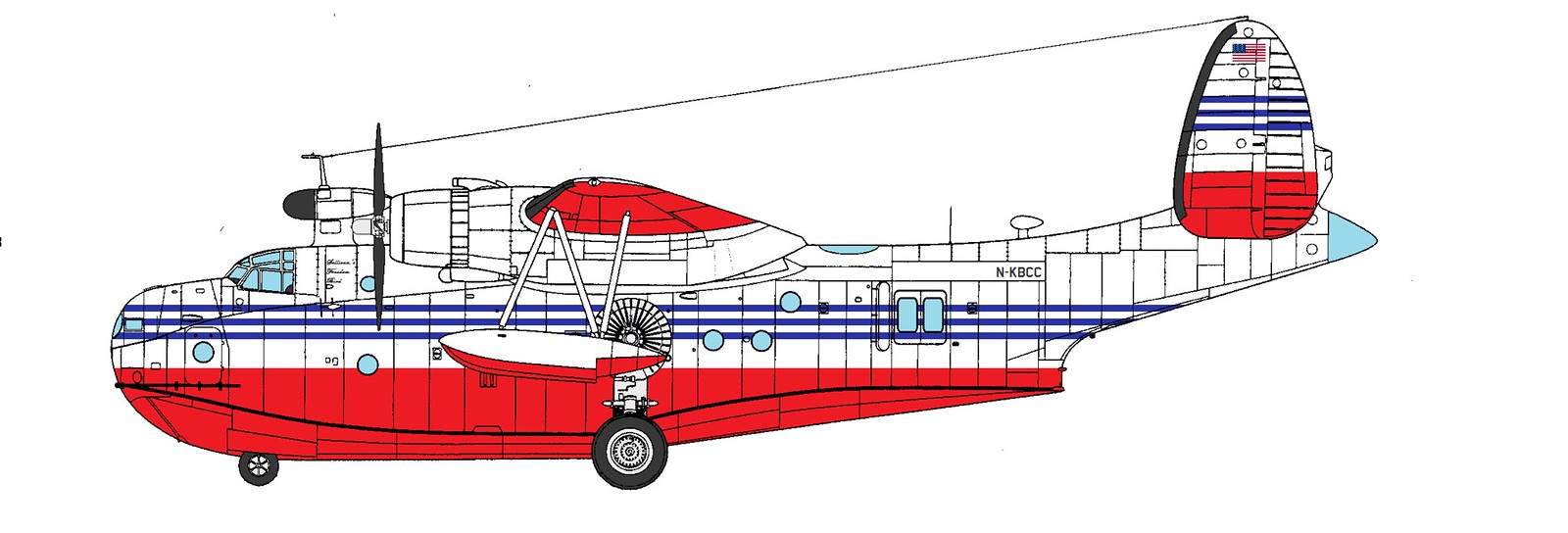Warsaw-Okęcie AirportThe post war expansion of Warsaw- Okęcie Airport saw the arrival of larger capacity aircraft. A number of crashes at the airport in the 1960s, proved that the airport fire department required better equipment, especially if the incident involved a large jet aircraft.
The idea of a protected fire tender was discussed by the airport management, with suggestions that surplus T-34 chassis could be used. However, this was turned down, as most of the vehicles on offer were already worn out by years of service with the Polish armed forces.
As an alternative the army had 10 Su-122-54s in storage. These had been given to the army by the Soviets, but after testing were declared surplus. Virtually unused and built on brand new T-54 components, they were ripe for conversion.
The new vehicles were designed by collaboration between the army engineering workshops and the airport fire department. The main armament was removed and, in its place, a high pressure fire foam gun was mounted instead. The tank for the foam was carried in place of the original ammunition storage, while additional tanks were mounted on the rear of the engine deck. A BTU-55 dozer blade could be mounted at the front of the vehicle, to be used for clearing debris in case of fire. The commander’s position was equipped with a hand directed water jet (as mounted on most Soviet pattern fire tenders at the time). To assist the driver, a large glass dome was mounted over the driver’s hatch, and the vehicle was fitted with numerous lights and driving mirrors.
The converted vehicles entered service in 1965, with 3 stationed at Warsaw- Okęcie, the other scattered round the other large airports of Poland.
In their new role the vehicles excelled, providing high levels of protection to their crews, while being able to help extinguish fires of high intensity. They remained in role into the late 1990s, having been carefully maintained over the years. They were finally retired in 1998, replaced by new Jelcz fire tenders. All three of Warsaw’s vehicles were preserved and are now on display at various museums in Poland.







 Recent Posts
Recent Posts











